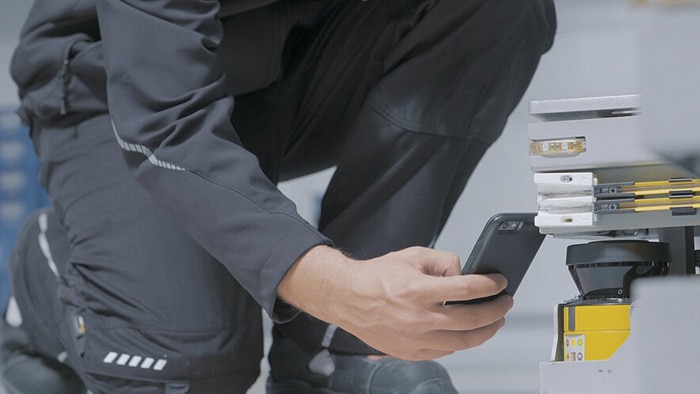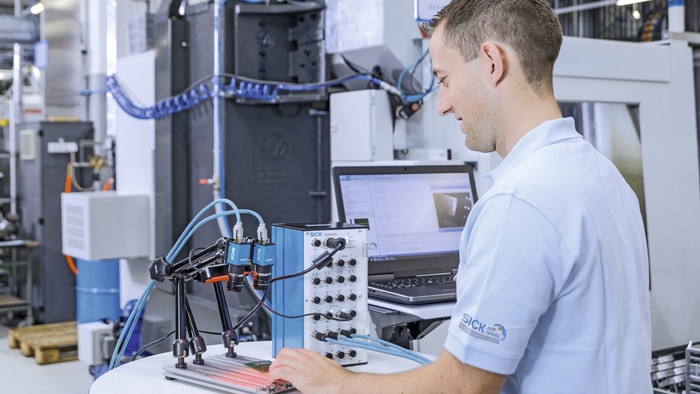SICK has been developing sensors for over 75 years. During that time the company has always been a little bit ahead of the times. We spoke to Christoph Müller, Senior Vice President for Industrial Integration Space at SICK AG, about how SICK is continuing to following this path with its new digital services.
Digital world of sensors: "We make valuable information accessible."
Mr Müller, digital solutions is an area that SICK has not been particularly known for in the past. Why are you now following this path?
What added value does this bring to customers?
How does the customer acquire the right data for his process?
What role does the automation architecture play?
Read more:
IO-Link: Industry 4.0 for everyone
Cutting-edge technology - SicoCam with SICK AppSpace
3D localization with the Belt Pick SensorApp for pick-and-place tasks
Christoph Müller
Senior Vice President Product Management Industrial Integration Space
Christoph Müller is responsible for Product Management and Marketing for the Global Business Center Industrial Integration Space, and thus all SICK's activities involving vertical integration and data-based solutions for Industry 4.0.






